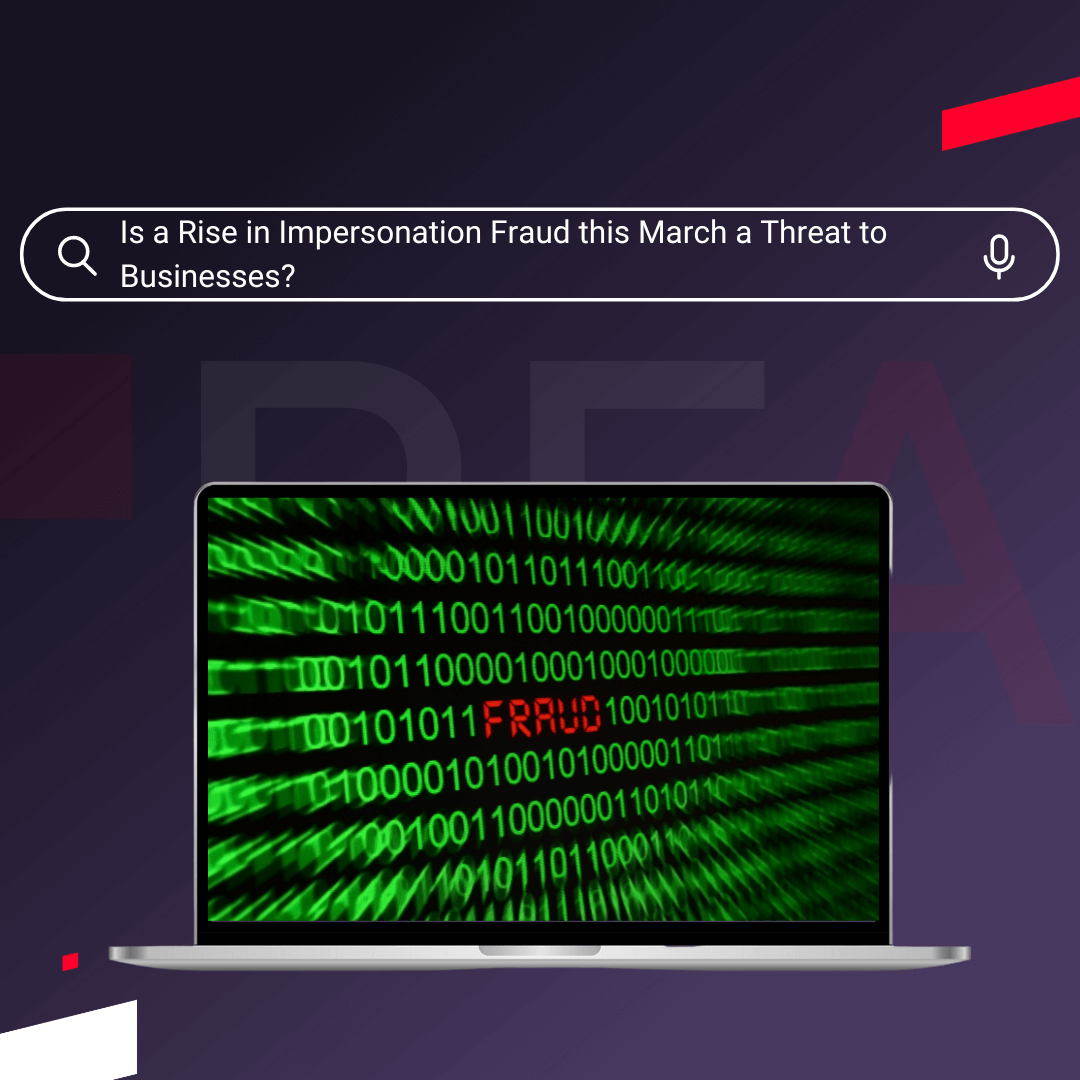The Guardian took the time to interview a couple of contractors stung by the recent collapse of Bathstore.
It was a decent article, and it’s about time these stories received national coverage – thousands of businesses are left with bad debt every week when a client’s business fails.
This comment from Paul Helm (a Bathstore contractor) in The Guardian piece summed up the state contractors have been left in:
“I’m going to have to look for employment. I’ve been self-employed for 20 years. The wife will probably have to go back to work and all the lads will have to look for new jobs. They’ve worked hard to keep the contract going, working nights and six days a week. It’s absolutely disgusting. I’ve still got people I’ve brought in chasing me for money – the plasterer, the electrician. I can’t let them down. It’s embarrassing; I’ve known them for years. I’ve already had to put £5,000 of my own money in.”
Trade creditors like Paul Helm will join the bottom of a long list of people owed money from the collapse. Employees and anyone with a charge over the business will be above them in the queue.
In the case of Bathstore, the creditors at the head of the queue are Bathstore’s shareholders.
Greg Connell, one of Red Flag Alert’s credit experts, explains the implications:
“The Group that own Bathstore have a fixed charge over the business, meaning that in the event of an administration, they are the first creditors to be repaid. Whenever the owners, or for that matter, the directors, have a fixed charge over the assets of a business, it should raise alarm bells – if the investors are not willing to lend capital to the business on open and unsecured credit terms, why should trade suppliers. And, given that the owners have access to detailed information on the current financial circumstances, it doesn’t project confidence in the business.”
Trade Creditors Fund the Business
Suppliers like Paul Helm and hundreds like him don’t have the luxury of a fixed charge – they typically get paid two or more weeks after completing work, having invested heavily in the materials and labour needed for projects.
While this may be typical in the construction industry, it leaves us with a stark reality: suppliers were risking their capital to keep Bathstore operational, but the owners were not taking the same risks.
Bathstore Tells a Familiar Story
Red Flag Alert have been analysing the business failure rate of companies where the directors/shareholders are the persons entitled under an outstanding fixed charge, and our initial research suggests that businesses with a director/shareholder charge over business assets are 2.8 times more likely to fail than the rest of the business universe.
Greg Connell is unsurprised by these findings:
“If the owners of a business aren’t willing to risk their capital, it is more likely to be a highly leveraged, riskier investment. Of course, one can understand that owners want to protect their investment – who wouldn’t – but they are enjoying all the upside of success and none of the downsides of failure. This creates an interesting dynamic with regards to risk; some may argue that investors are incentivised to take excessive risks with the hope of success, knowing that the downside is protected.”
Greg explains every situation is different, but trade creditors need to take precautions:
“In practice, every business and every situation will be different, and it would be inaccurate to suggest all companies with a director/shareholder charge beneficiary are taking irresponsible risks. However, it is entirely appropriate for trade suppliers to think carefully about extending credit terms to any business where the owners have a fixed charge. In extending trade credit they’re effectively lending and risking capital on open credit terms when the owners have taken much lower levels of risk to capital by lending on a secured basis.”
How to Manage Risk
You’re probably wondering how a small business can win and manage contracts with a large company like Bathstore without offering credit terms? It’s difficult to manage risk, but not impossible: here are five points to get started.
1. Stay informed: The risk management protocols you deploy should be informed by the financial health of your key clients. If your clients are in financial distress, you may need a different approach to financially healthy and stable companies. At Red Flag Alert we take a deeper look at the health of small and large businesses so you can make these judgements.
2. Diversify your client portfolio: If one of your key clients is financially distressed, try to allocate resources to reduce your reliance on those revenues. A larger number of small clients or a few larger clients can spread your risk. Our real-time data on UK businesses is the perfect place to find new clients.
3. Tighten credit terms: It is difficult negotiating with large clients, but you need to try. If they are financially distressed, you may have more leverage. Shorter payment periods, substantial deposits or retention of title clauses are effective – this needs to be balanced against damaging the client relationship.
4. Optimise VAT: If your revenue is under the threshold, you should consider moving VAT payments from an accrual basis to a cash basis. This will help manage cash flow and in the event of a bad debt leave more cash at hand to deal with the immediate problems.
5. Increase margins: If you are taking a risk by supplying a business, then you need to maximise profitability to compensate yourself for that risk – so where possible, keep your profit margin high.
Discover how Red Flag Alert’s experienced team can help you mitigate risk and protect your business. Why not get a free trial today and see how Red Flag Alert can help your business?




